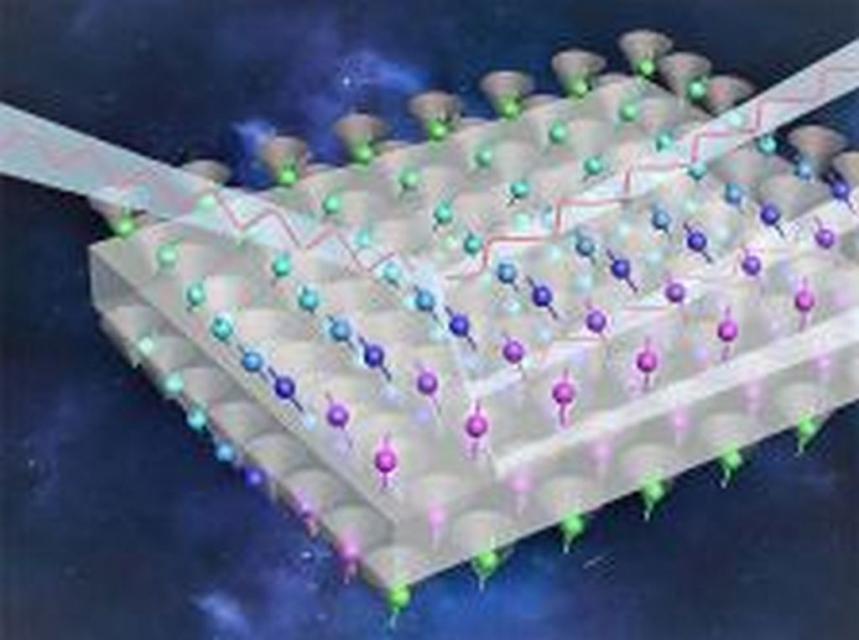Magnetic thin films and multilayers form the foundation of many novel device technologies and are key to the operation of practically any computer hard drive memory in use today. Desirable high-speed performance is underpinned by our understanding, and our ability to manipulate the magnetization dynamics in such materials. However, until now, it is common to only measure the average dynamic behaviour. In new research published in Physical Review Letters, scientists reveal for the first time how the magnetization dynamics in multilayered materials can actually vary between the layers hidden below the surface.
Magnetic multilayered materials are typically sandwich-like structures, composed of magnetic layers in combination with non-magnetic spacer layers and layers formed from heavier elements (which exhibit a strong relativistic quantum effect known as the ‘spin-orbit interaction’). By varying the layer thicknesses, the contributions from, and the interactions between the different layers can be tuned to manipulate the overall properties of the material.
The reflectometry ferromagnetic resonance (RFMR) technique
This new insight into the depth dependence of the magnetization dynamics has been made possible due to new developments at Diamond. This advancement has put a novel spin on traditional ferromagnetic resonance measurements using the unique properties of the X-rays from a synchrotron source.
For the full Diamond Highlight, click here(link is external).
D. M. Burn, S. L. Zhang, G. Q. Yu, Y. Guang, H. J. Chen, X. P. Qiu, G. van der Laan, and T. Hesjedal. Depth-resolved magnetization dynamics revealed by x-ray reflectometry ferromagnetic resonance. Phys. Rev. Lett. 125, 137201 (2020) - Editor's Suggestion(link is external).
See also Physics viewpoint "Shining a Light on Hidden Spin Dynamics", Physics 13, 151 (2020)(link is external).

